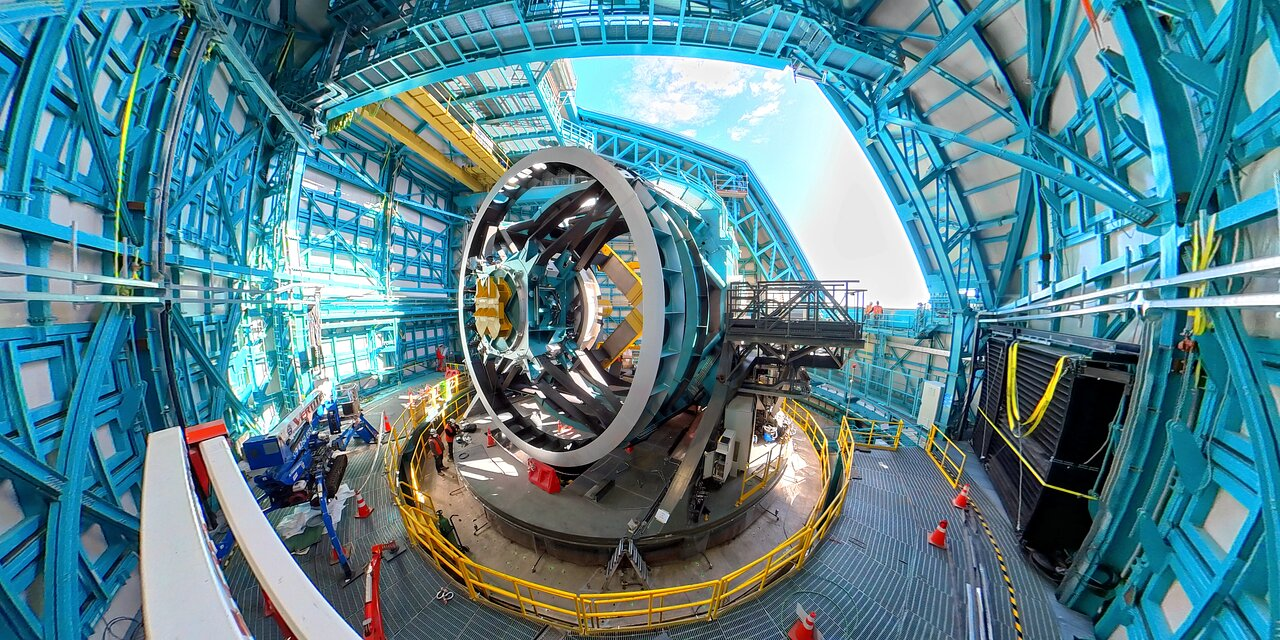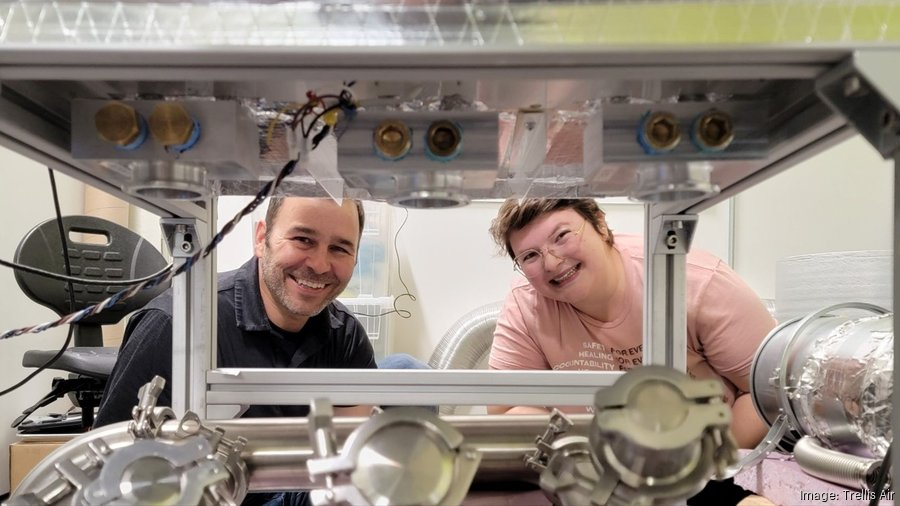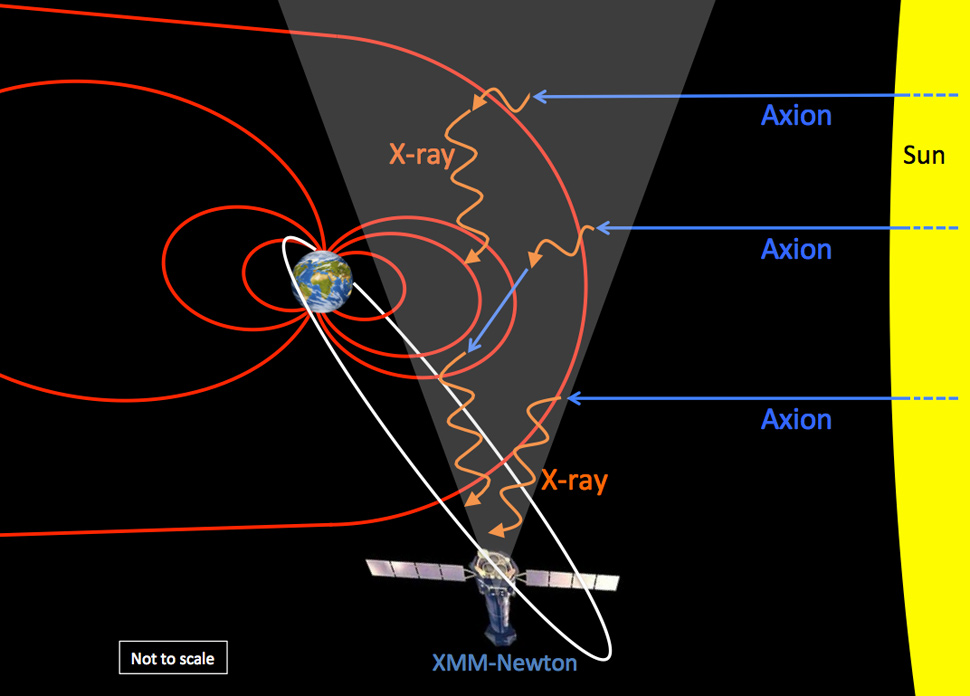The Rubin Observatory marks a significant advancement in astronomical research, aiming to revolutionize our understanding of the universe. As the site for the Legacy Survey of Space and Time (LSST), this groundbreaking facility will utilize the immense capabilities of the LSST camera to capture detailed images of the night sky. This innovative technology is set to play a vital role in Milky Way mapping, allowing scientists to investigate the elusive nature of dark matter and dark energy. By employing state-of-the-art astronomical imaging techniques, the Rubin Observatory promises to enhance our space observation technology and provide unprecedented insights into cosmic phenomena. With the first public release of celestial photographs anticipated by mid-2025, the observatory stands on the brink of unveiling the mysteries hidden within our universe.
The Vera C. Rubin Observatory represents a transformative project in the realm of observational astronomy, merging large-aperture and wide-field telescope capabilities. This impressive facility aims to conduct a comprehensive survey of the cosmos, known as the Legacy Survey of Space and Time (LSST), with an advanced imaging device designed to illuminate the enigmatic forces of dark matter and energy. By harnessing advanced optical technology, including the groundbreaking LSST camera, the observatory seeks to detail the structure and dynamics of the Milky Way and broaden our understanding of the universe. As it embarks on this decade-long mission, the Rubin Observatory is setting the stage for a new era in space observation and cosmic exploration, promising a wealth of data to benefit scientists and the global education community alike.
Revolutionizing Astronomical Imaging at the Rubin Observatory
The Rubin Observatory, equipped with its innovative LSST camera, marks a significant leap in astronomical imaging technology. This advanced instrument is designed to capture breathtaking, high-resolution images of the night sky, which are essential for various scientific endeavors. By employing wide-field imaging, the LSST camera can take snapshots of vast areas of the sky in single exposures, capturing celestial objects that were previously elusive to smaller telescopes. This capability is particularly important for mapping the Milky Way, as it allows astronomers to gain insights into the distribution of stars, nebulae, and other cosmic phenomena.
In addition to its groundbreaking design, the LSST camera enhances our understanding of cosmic events and dark matter research. The high sensitivity of this camera allows it to detect faint astronomical sources, aiding in the identification of transient events such as supernovae and asteroids. This astronomically rich data set will enable scientists to study the effects of dark matter, which constitutes a significant portion of our universe, influencing the movement and formation of galaxies. The Rubin Observatory’s commitment to open data access further accelerates collaborative research, allowing both professional and amateur astronomers to contribute to our knowledge of the cosmos.
Mapping the Milky Way: The LSST Impact
The LSST project aims to create a comprehensive map of the Milky Way, shedding light on its intricate structure and composition. By continuously observing the night sky, the Rubin Observatory will track the movements of stars and other celestial objects, providing invaluable data for stellar population studies. This mapping endeavor is not merely an academic exercise; it has profound implications for our understanding of galactic formation and evolution. Increased awareness of the Milky Way’s properties will guide theories regarding galaxy interactions and the universe’s large-scale structure.
With its extensive imaging capabilities, the LSST will enable astronomers to create a dynamic representation of our galaxy over time. Observations taken every few nights will provide a time-lapse view of the Milky Way, revealing dynamic changes and newly discovered celestial objects. This comprehensive mapping will significantly contribute to research regarding galaxy morphology and help identify correlations between dark matter distribution and visible matter in the galaxy. As scientists gain deeper insights into these relationships, we can further unravel the mysteries of dark energy and the fundamental forces shaping our universe.
Unlocking the Mysteries of Dark Matter and Dark Energy
One of the pivotal objectives of the Rubin Observatory is to enhance our understanding of dark matter and dark energy, two of the universe’s most enigmatic components. The LSST camera’s exceptional imaging capabilities allow astronomers to analyze gravitational effects and infer the presence of dark matter through its interactions with visible matter. By examining galaxy clusters and cosmic structures, the LSST will help refine our models of dark matter distribution and its role in cosmic evolution.
Moreover, the LSST project’s long-term observational strategy is essential for studying dark energy, the elusive force accelerating the universe’s expansion. By collecting detailed data over a decade, researchers aim to capture changes in cosmic distance and structure that will provide insights into the nature of dark energy. Establishing a clearer relationship between dark matter and dark energy is crucial for advancing our understanding of fundamental physics and the universe’s fate. The Rubin Observatory stands at the forefront of this research, promising new revelations that could reshape our perception of the cosmos.
Space Observation Technology: The Future of Astronomy
The Rubin Observatory represents a significant advancement in space observation technology, marrying cutting-edge optics with sophisticated data processing capabilities. The LSST camera is designed to handle massive volumes of data, automatically processing and distributing information to researchers worldwide. This technological evolution reflects an understanding of the need for rapid data analysis in a field where timely responses to celestial events can lead to groundbreaking discoveries.
Furthermore, the observatory’s infrastructure allows for innovations in educational outreach and community involvement. By making their data publicly available, the Rubin Observatory fosters a collaborative environment that empowers aspiring astronomers and enthusiasts alike. This level of transparency in data sharing is becoming a critical aspect of contemporary scientific research, promoting the accessibility of astronomical data and encouraging the next generation of scientists to engage with real-world cosmic phenomena.
The Legacy Survey of Space and Time Project: A Decadal Vision
The Legacy Survey of Space and Time (LSST) project is a bold initiative aimed at revolutionizing our imaging of the universe over a ten-year period. By utilizing the Rubin Observatory’s capabilities, this project seeks to capture a wealth of data that spans not just a single snapshot in time, but a dynamic view of cosmic changes. The continuous monitoring of the night sky will allow astronomers to document everything from asteroids near Earth to the intricate movements within distant galaxies.
As a flagship NSF project, the LSST’s approach emphasizes collaborative exploration of astronomical data. Scientists across various disciplines will have access to the comprehensive data set, enabling interdisciplinary work that connects astrophysics with other scientific fields. This inclusive approach not only enhances the quality of research outcomes, but also promotes a culture of learning and discovery, resonating particularly with K-12 educational initiatives designed to inspire future generations of scientists.
Collaborative Research and Data Sharing: A New Standard
The Rubin Observatory’s commitment to making its data available to the global scientific community marks a pivotal shift in how astronomical research is conducted. This open-access model allows both seasoned researchers and hobbyists to analyze the same data, fostering a collaborative environment where shared goals and discoveries can emerge. This approach not only democratizes access to astronomical research but also amplifies the potential for breakthroughs in the field.
Such collaboration is essential for tackling complex questions regarding dark matter and energy, as diverse perspectives and expertise can lead to innovative methodologies and interpretations of the data. By engaging a broader audience in the analysis of the LSST data, the Rubin Observatory creates opportunities for novel insights and enhances the educational experience for all participants. This collaborative spirit is a cornerstone of contemporary scientific practice and is vital for addressing the universe’s most profound mysteries.
Astrophysical Tools for Fundamental Physics Exploration
The LSST camera is not just a groundbreaking tool for astronomical imaging; it is also a sophisticated instrument for probing fundamental physics questions. Its capabilities allow researchers to conduct cosmic cinematography that can reveal insights into the nature of phenomena such as dark matter and dark energy. By meticulously calibrating the camera and analyzing its high-resolution images, scientists can study cosmic structures at unprecedented levels of detail.
This emphasis on using astrophysical tools to explore fundamental questions in physics represents a merging of disciplines, where data analysis and cosmology intersect. The strategies developed for the LSST project can inform other areas of research and contribute to a deeper understanding of the forces that govern our universe. As these innovative methodologies are shared across scientific communities, they could pave the way for discoveries that redefine our understanding of matter, energy, and the very fabric of reality.
Future Implications of the LSST Project
The implications of the LSST project extend far beyond astronomical mapping; they present potential advancements in various scientific domains. As researchers leverage the wide-ranging data from the Rubin Observatory, the prospects for groundbreaking discoveries increase significantly. The ability to monitor and document an extensive array of cosmic events not only enriches our understanding of celestial mechanics, but also sparks insights into broader questions about our universe and its origins.
Moreover, the collaborative nature of the LSST project encourages innovation that transcends traditional boundaries in science. With astronomers, physicists, and educators working together, the project aims to illuminate connections between disciplines, fostering interdisciplinary approaches to problem-solving. This shift mirrors a broader trend in science; as we face new challenges and questions, collaboration is becoming an essential tool for unlocking the mysteries of the universe.
Frequently Asked Questions
What is the Rubin Observatory and what are its primary objectives?
The Rubin Observatory, officially known as the NSF-funded Vera C. Rubin Observatory, aims to conduct the Legacy Survey of Space and Time (LSST) project. Its primary objective is to create a comprehensive map of the Milky Way and the universe by capturing high-resolution astronomical imaging over a 10-year period, helping to explore dark matter, dark energy, and other cosmic phenomena.
How does the LSST camera contribute to astronomical research?
The LSST camera, the largest astronomical camera ever constructed, plays a critical role in the Rubin Observatory by enabling wide-field observations of the night sky. With its 144-megapixel resolution, it enhances our ability to perform cosmic cinematography, allowing astronomers to collect detailed images that reveal changes and movements in celestial objects, facilitating groundbreaking research in dark matter and Milky Way mapping.
What advancements in space observation technology does the Rubin Observatory represent?
The Rubin Observatory incorporates cutting-edge space observation technology by combining large-aperture and wide-field telescopic capabilities. This innovation allows it to capture extensive areas of the sky in high detail, paving the way for unprecedented studies of our galaxy’s structure and the elusive nature of dark matter.
When can the public expect to see images from the LSST camera at the Rubin Observatory?
The first public release of astronomical images from the LSST camera is anticipated in mid-2025 following a six-month commissioning period. The Rubin Observatory plans to make all collected data available to the scientific community and the public, promoting extensive educational outreach.
What are the expected discoveries from the Rubin Observatory regarding dark matter and dark energy?
The Rubin Observatory is expected to make significant discoveries regarding dark matter and dark energy through its high-resolution imaging capabilities. By mapping the Milky Way and monitoring cosmic phenomena, scientists hope to shed light on the nature of these enigmatic components, which are thought to comprise the majority of the universe’s mass and drive its accelerated expansion.
How will the data from the Rubin Observatory benefit scientific research?
Data from the Rubin Observatory will benefit scientific research by providing an open and comprehensive dataset available for global scientific communities and educational institutions. This innovative approach encourages collaboration and facilitates diverse studies ranging from asteroid detection to advanced investigations into dark matter and the structure of the universe.
| Key Point | Details |
|---|---|
| Rubin Observatory Milestone | Captured first night sky images using a 144-megapixel test camera in October 2024. |
| Main Camera Development | The LSST camera will be the largest astronomical camera ever built, capturing images 21 times larger than the test camera. |
| Data Accessibility | Focus on making all data immediately available for scientific community and educational outreach for K-12 students. |
| Cosmic Cinematography Goals | Aim to conduct ‘cosmic cinematography’ by capturing time-lapse images of the night sky every few nights for 10 years. |
| Research Focus | Explore dark matter and dark energy, with the potential to unlock key secrets of the universe. |
| Revolutionary Approach | New method allows for wide-field observation of multiple celestial objects without focusing on one specific target. |
Summary
Rubin Observatory is set to transform our understanding of the cosmos with groundbreaking technology and initiatives. This project, which involves the Legacy Survey of Space and Time, aims to create a comprehensive map of the universe while ensuring public access to astronomical data. By using its powerful LSST camera, Rubin Observatory will embark on a decade-long mission to capture dynamic celestial events, offer insights into dark matter and dark energy, and promote educational outreach efforts, making it a cornerstone of modern astrophysical research.









